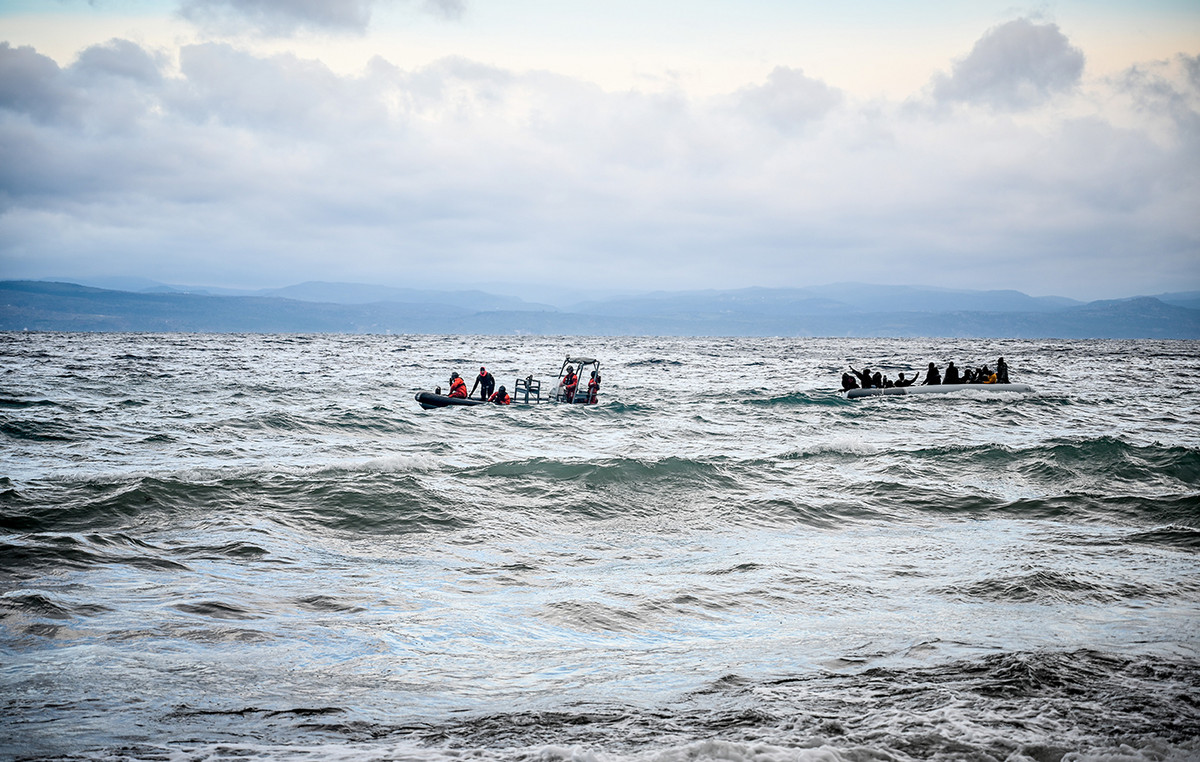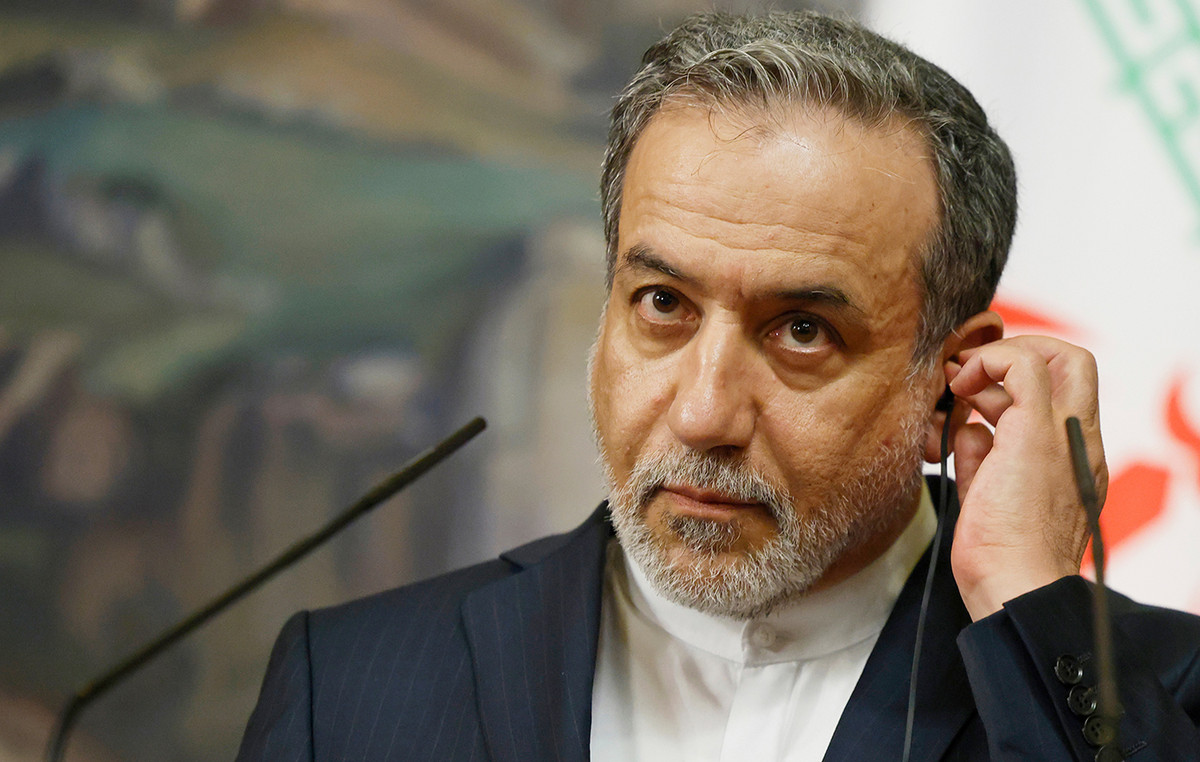The Ministry of Health informed, this Monday (30), that it is following the investigation of two suspected cases of monkey pox in the country, in the states of Ceará and Santa Catarina. Information gathered by the journalist of the CNN Kenzô Machida indicate a third suspected case under investigation in Rio Grande do Sul.
According to the ministry, There are no confirmed cases of the disease in Brazil until the moment.
According to the Health Department of the Ceará , which carries out the monitoring, the suspected case is a resident of Fortaleza. Measures such as home isolation, search for contacts and collection of material for exams, which is in progress, were adopted. According to the secretariat, no displacement was identified to areas where cases were confirmed or contact with people with the disease.
the patient of Santa Catarina sought care in primary care on May 26, reporting cough, fever, muscle pain (myalgia) and headache (headache). During the consultation, injuries were identified on the body. Physical examination revealed the presence of rashes on the face, scalp, mouth, chest, abdomen, legs and arms, and in the genital region.
The suspected case of Rio Grande do Sul is from a patient traveling from the city of Porto, in Portugal, who is undergoing antiretroviral treatment. The patient arrived in Brazil on the 10th of May and presented with a headache and enlargement of the nodes in the neck and in the groin area on the 13th, in addition to a personal report of fever.
Epidemiological scenario
The World Health Organization (WHO) released, on Sunday (29), a statement with the update of the epidemiological scenario of monkeypox in the world. According to the WHO, 257 cases were laboratory confirmed in 20 countries considered not endemic for the disease.
According to the survey, about 120 suspected cases in 23 countries were also reported to the WHO, with no deaths reported. The data considers the WHO estimates up to the 26th of May.
The entity warns that the situation is evolving rapidly and more cases are expected to be identified as surveillance expands in non-endemic countries, as well as in countries known to be endemic that have not recently reported cases.
The WHO says that epidemiological investigations are ongoing and that most cases reported so far do not have established travel links to an endemic area. In addition, cases were identified through primary care health facilities or sexual health services.
The identification of confirmed and suspected cases of the disease without direct travel links to an endemic area is considered atypical by the WHO.
Preliminary epidemiology of early infections reported to WHO by countries shows that cases were reported primarily among men who have sex with men (technical classification that includes gay, bisexual and people who do not identify with any of these guidelines).
According to the WHO, a case of smallpox in a non-endemic country is considered an outbreak. The sudden appearance of monkeypox simultaneously in several non-endemic countries suggests that there may have been undetected transmission for some time, as well as recent amplifying events.
About monkey pox
The disease is caused by a virus that belongs to the orthopoxvirus genus of the Poxviridae family. There are two groups of monkeypox virus: those from West Africa and those from the Congo Basin (Central Africa).
Monkeypox virus is transmitted from person to person through close contact with injuries, body fluids, respiratory droplets and contaminated materials such as bedding. The incubation period is usually 6 to 13 days, but can range from 5 to 21 days.
Several animal species have been identified as susceptible to monkeypox virus, including squirrels, mice, voles, non-human primates and other species. According to the WHO, more studies are needed to identify the exact reservoirs and how the circulation of the virus is maintained in nature. Ingestion of undercooked meat and other animal products from infected animals is a possible risk factor.
Smallpox is usually self-limiting, but it can be serious in some individuals, such as children, pregnant women, or people who are immunosuppressed due to other health conditions.
Human infections with the West African type of virus appear to cause less severe illness compared to the Congo Basin viral group, with a fatality rate of 3.6% compared to 10.6% for the Congo Basin viral group. .
The clinical differential diagnosis includes other exanthematous diseases such as chickenpox, measles, bacterial skin infections, scabies, syphilis, and drug-associated allergies. Change in the size of lymph nodes (lymphadenopathy) may be a clinical feature to distinguish the disease.
Monkeypox endemic countries are: Benin, Cameroon, Central African Republic, Democratic Republic of Congo, Gabon, Ghana (identified only in animals), Ivory Coast, Liberia, Nigeria, Republic of Congo, Sierra Leone and Sudan South.
Source: CNN Brasil





